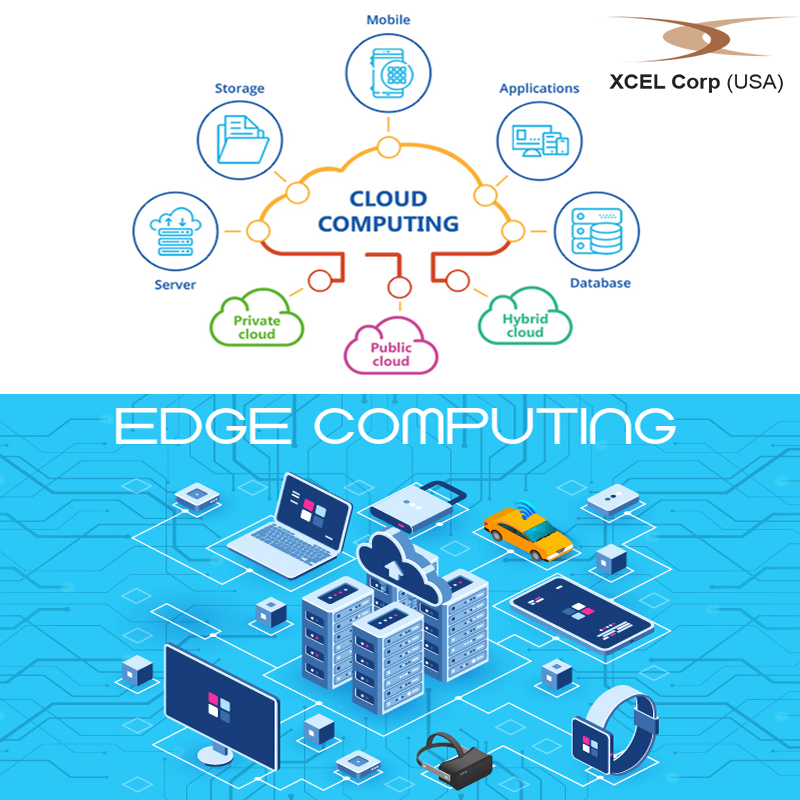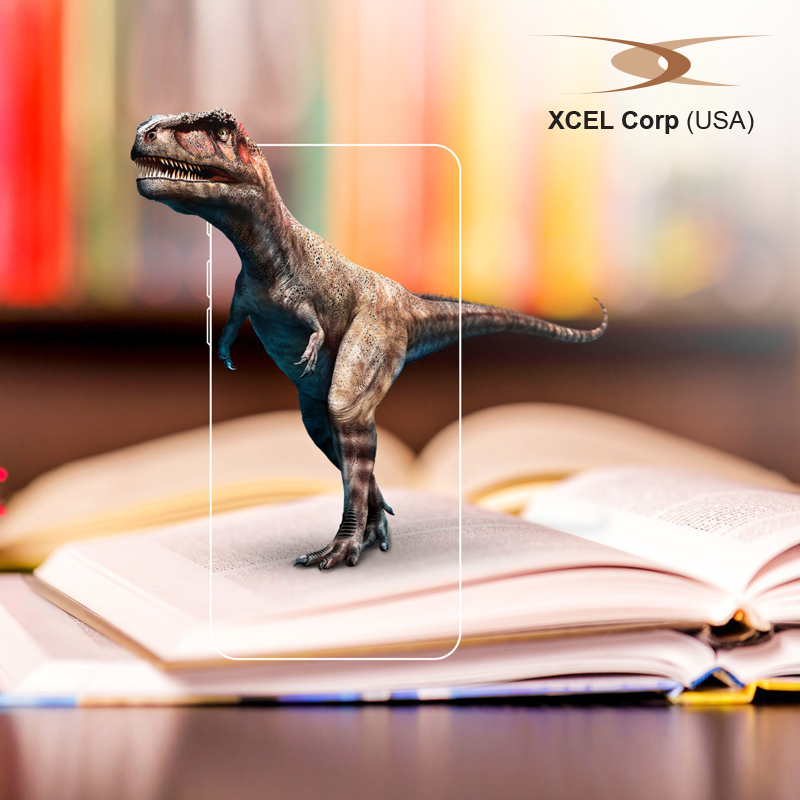What is digital transformation?
The integration of digital technology into all areas of a business to fundamentally change the way it operates while delivering value to the customer is known as digital transformation. Continually challenging the existing status quo, digital transformation also stipulates cultural changes, and in some cases even shifting entire hierarchies. Every company looks at digital transformation differently due to the variance in entities, products, services and many other aspects of operation. On the whole, digital transformation, in general terms, is distinct incorporation of technology that impacts all facets of a business. The alteration also results in bringing about central changes in conducting operations and delivering value to customers. One of the crucial features of digitization remains removal of traditional long-standing and depleted business processes that otherwise laid the foundation of the company and replacing them with newer practices that require massive adaptation.
XCEL Corp will help you combine technology into your current state of affairs to stay a step ahead of your competition. With our strategy, changes are evidently value-driven.
Main Digital Transformation Metrics |
||
Visibility of Progress |
Customer Focus |
ROII (Return on Innovation Investment) |
| Percentage of digital spend | NPS or Net Promoter Score | Revenue obtained from introduction of new products/services |
| Value of the brand in the market | New Customer Acquisition Rate | Percentage of profits from new innovations |
| Organizational Reach | Positive improvements in Customer Satisfaction |
Number of new products/services, business models and ideas adopted and implemented |
| Digital Maturity Quotient (Stakeholders, Employees and Senior Leaders) | Percentage Increase in customer engagement | |
| Departmental initiatives | Time to Market of newer products and services | |
The importance of digital transformation
Digital transformation paces change exponentially creating new areas of customer engagement and innovation in the workforce. It also provides companies with opportunities to harness data insights and initiate rapid development, which would otherwise be impossible with conventional methodologies. This is only one of the few benefits of digital transformation. Technological change by itself holds the ability to change the landscape of commerce, marketing and customer engagement in such a way that each aspect of a business encounters disruptions. It is critical to managing transitions of an existing business into a digitally driven business model. This is a highly crucial and imperative element for corporate survival.
Digital changes are rapidly growing and as a result, the organization will find it difficult to maintain industry authority thus requiring them to compellingly shift to newer technologies introduced into the market.
Competition, today, is more and the pressure to contest digitally is automatically augmented. Born-digital startups disrupt traditionally built business models rather easily.
Contemporary customer experience holds greater value as they expect seamless workflows across all touch points.
On-demand expectations
As technology advanced into a user’s personal life, it made choices wider, simpler and easier. So, the customers are now expecting everything to be placed in the way that they wish. This can be really challenging to achieve for a business. At the same time choices are more as well, in terms of how and where to deliver the applications from and partnering with the right company to deliver the modernization.
Getting the user experience right is a critical part of the business transformation and that is why it is important that businesses should increasingly start demanding more hybrid IT services and agile networking capabilities. This also includes the experience of working with a proficient IT Team and obtaining relevant operational tools while going beyond just the usability of applications for employees and external customers.
The security and performance of a digital transformation critically revolve around the maintenance of its functional discipline.
XCEL Corp is a seasoned provider of IT consultancy services that help you transform your current situation into seamless, modernized, process-oriented results.
Employee productivity
Employers are looking for new ways to manage their workforce and create improvements in productivity. Here, digital technology plays a pivotal role in aiding employees to become more effective in their principal roles. It provides a valuable opportunity to core business functions to transition towards automated areas rather than perform monotonous manual processes. This also enables leaders to focus on wider business prospects.
XCEL Corp plays a focal role in supporting innovation. We enable remote access working by providing technology and related services on-demand thus creating an environment that allows employees to stay productive and to achieve. Through these on-demand services, we also deliver enterprise-grade security and ensure that we create the best consumer-level experience.
Security
It is an increasingly complicated task to place more data at the edge of the network while keeping it secure. This requires rigorous reinforcement, expertise, and data compliance. Shielding the system from attacks and yet providing all-around access is imperative. An underperforming network can force customers and employees alike to migrate to newer pastures.
A progressive business should partner with professional companies such as XCEL Corp to implement stringent security measures that are consistent across all networks, application, and data. We undertake true digital transformation. As technology partners, we come together to understand broader business objectives and operate transparently and honestly to achieve company goals.
Benefits of digital transformation
Today digital disruptions are fast chasing industries to adopt success through a skilled workforce that applies best practices relative to the digital age. To have maximum impact, such a transformation should be championed by leadership that strategically weaves it into the company’s fabric and layout. Some businesses think that they have already fallen behind while some think it is just too late to begin. Digital transformation, if applied and strategized correctly, can be fast with a pace absolutely essential for businesses to become market leaders and obtain followers at an equal rapidity.
Customer Experience
Technology fulfills the need for an easier life with the help of social media and other applications, which provide people with valuable and fast solutions to their problems. This customer experience is one of the most predominant boosters to digital transformation. Using cutting-edge technology, XCEL Corp improves customer experience by incorporating mature strategies aimed at enhancing existing consumer situations.
Some of the success factors that can drive transformation towards a better customer experience lie in digitizing customer journeys and increasing speed and agility of insights. Companies that are at the forefront of the digital revolution earn a lot more authority and trust from their customers.
Data-driven insights
Going digital comes with the ability to track metrics and analytics through data that is gathered through digitization. These insights allow businesses to optimize strategies and processes to achieve better results.
XCEL Corp devises schemes that drive two of the most important things that matter in a business – costs and revenue. We bring about massive changes through data-driven insights and integrate them into existing company culture to enable relevancy, hyper-personalization and most of all agility. Using both structured and unstructured data, we drive the transformation journey by encouraging the right leadership along with the right attitude to enhance ROIs.
Inter-departmental collaboration
Most of us fear change and the idea of an entire organization digitally transforming itself on a massive scale can be overwhelming and most of all daunting. XCEL Corp clearly lays all the processes and strategies down to the core structure of the company so that the entire workforce culture right from the leadership to the entry-level employee, is addressed effectively. Through this, a unity of the workforce is achieved, which maximizes the chances of a successful transformation and even lays foundations for strong communication. Digital transformation brings about encouragement and breaks down age gaps and social divides and facilitates constructive conversation among teams. The digital intelligence of the entire staff is automatically enhanced. Our transformation to the digital domain is highly congruent and aligned where companies are assured of successful and confident transitions.
Advances agility along with innovation
In business, especially where digital processes are concerned, agility continuously improves and helps companies develop quickly. Many industries regard innovation as one of their central activities through every task. And most of them rank agility as one of the top considerations as far as digital transformation is concerned. With XCEL Corp, there is always more change and more to do. We keep pace with every perpetual alteration and rapid development across the digital landscape as we are ever ready to adapt and innovate. With an aim to create digitized enterprises that are equipped with newer tools, we fashion them to be future-ready and ever prepared for change.
Knowledge and Skillsets
The demand for specialized skills will constantly grow as new technology continues to go stratospheric. The future of digital business is looking to be heavily built upon Artificial Intelligence, Augmented Reality, Cloud Computing, Machine Learning, Data Analytics and Exploration, and Growth Hacking. It is only those companies that brave the challenge where their employees are provided skillsets to deal with the future, notice sustained development and gain a competitive edge in the digital age. It is time that companies viewed digital transformation as a smart investment rather than a cost.
Digital culture
Fostering a strong digital culture and workplace is central to the flexibility and adaptability of a digital transformation. This way, the workforce stays productive and engaged in the transformation without being disconnected or overwhelmed by the process. It is not enough to merely have a technology in place. To succeed, an organization must adopt a company culture that embraces change.
XCEL Corp understands that often professionals within an organization do not feel equipped for a transition. In such cases, we nurture a company culture that immerses their workforce into a digital learning environment that holds a significant benefit. We strategize learning to facilitate up-skilling and transform the existing workforce to become digital-savvy employees equipped with futuristic knowledge that stays along with them for years to come.
Consolidated processes and operations
Technology makes it more than easier to connect with people. This is also one of the most universal benefits of digital transformation. It is also well-known that most of the companies recruit professional third-party providers to digitize their environment.
XCEL Corp provides an entire architecture that includes project management interfaces, analytics, and social media. We unite all operations and processes together to enable a business to connect with their target customers and satisfy their requirements. By integrating legacy systems with current IT infrastructures, we provide a single platform that is focused on operational efficiency and growth. We leverage tools such as IoT, analytics and much more to generate revenues while minimizing costs.
Drivers of digital transformation
According to popular data, cost savings (70%), increased profitability (58%) and increased productivity (59%), are the three top drivers of digital transformation. This also means that transformation is a business efficiency activity although others did include aspects such as industry disruptors (35%), differentiation (35%), speeding up time to market (33%) and customer experience (40%). Within most businesses viewing digital transformation as a revenue generator allows it to become an opportunity for growth.
Measuring digital transformation
While some may just box Digital Transformation and KPI measurements as Customer Experience, Financial Impact, and Operational Improvement, there is a little bit more that XCEL Corp believes that organizations should do to measure digital transformations.
CSAT or Customer Satisfaction Index
This customer experiences metric should remain one of the central aspects of any digital transformation project. A strong comparison of satisfaction and loyalty measurements is obtained through benchmarks, strengths, and ideas to improve customer satisfaction and lays down with diagnostics and inferences. In short, it is a touch-point focused metric that measures the satisfaction and retention of a customer.
CES or Customer Effort Score
Another touch-point focused metric, CES, measures the effort incorporated by the customer into a specific interaction. It is always true that low-effort interactions drive both satisfaction and loyalty. The Customer Effort Score clearly measures simplicity as against friction through multiple processes post digital transformation. In fact, CSAT and CES put together to predict the future behavior of the customer.
NPS or New Promoter Score
NPS focuses on measuring the existing ongoing relationship between the customer and the brand. It is a critical benchmark of an operator’s success pertaining to customer centricity. Subtract the detractors’ percentage from the promoters’ percentage to derive a resultant variant from -100% to +100%. Company growth is closely correlated with NPS as is customer issue resolution capabilities. The YoY percentage change is the speed of issue resolution will assess how new operational models are affecting the customer experience. NPS can be implemented across all channels and touch points.
FCR or First Contact Resolution Rate
The rate of customer issue resolutions in a single interaction without the need for a follow up by the customer is measured as FCR or First Contact Resolution Rate. Concentrating more on the quality of interaction than the quantity of time, this measurement, when implemented, even complements CES, NPS, and CSAT. With FCR, XCEL Corp works on the principles of determining, defining, measuring, information/communication, data-driven insights, and results. Measured across channels, FCR can increase customer satisfaction, reduce costs and have a powerful impact on the organization.
ROII or Return On Innovation Investment
To evaluate the effectiveness of a company’s investments, you require a measurement that includes costs incurred to deliver and sustain an implementation. Such innovation also has a direct impact on the profits produced by a company. Therefore, to calculate ROII, a company undertaking digital transformation should also measure the share of the wallet against cross-channel satisfaction along with customer growth.
ETR or Employee turnover rate
Measuring Employee Turnover Rate spells the success of an organization within itself as it provides the percentage of employees who left or stayed in the organization at a given point in time. A massive turnover would only mean that the transformation has not been effectuated well. Therefore, some aspects of the company’s operational model or culture have to be reviewed to obtain the desired transformation that ascertains the long-term goals of a business.

Bhavani Suri ( Content Writer)
Our in-house content writer, who develops and creates content marketing strategies. She writes about the latest trends and advances related to IT in particular, and Technology in general.


 The theory of Edge Computing
The theory of Edge Computing
